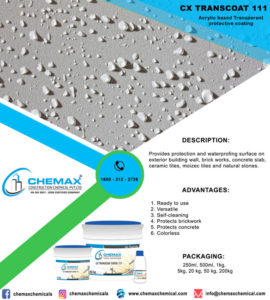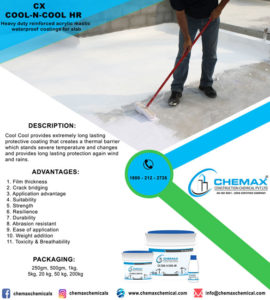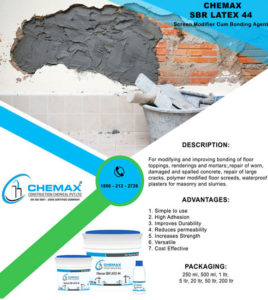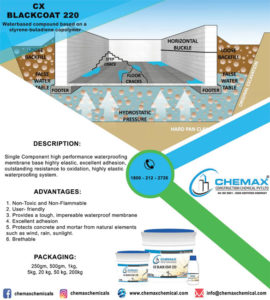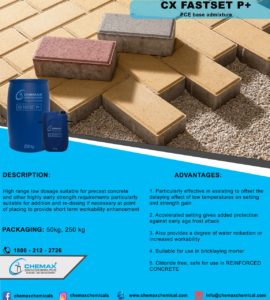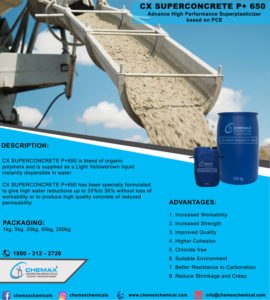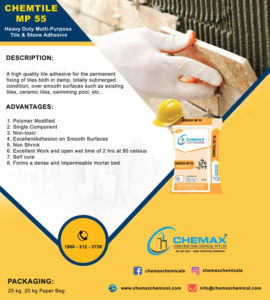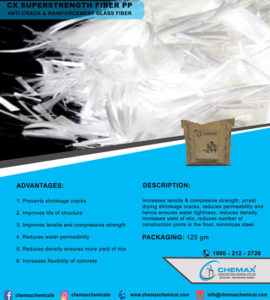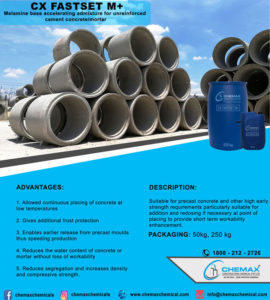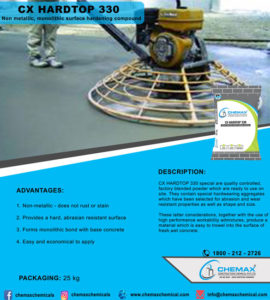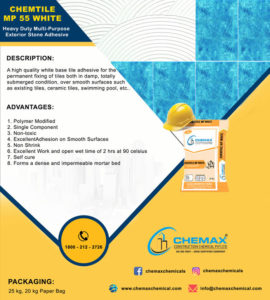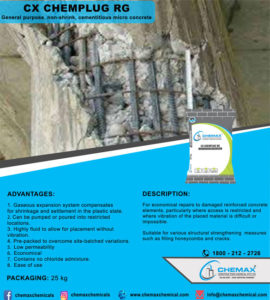Because of all of its benefits, AAC Blocks are now utilized as wall units in the majority of residential buildings. These are sustainable, manageable, and light-weight blocks. Fly ash is used in the manufacturing of AAC blocks, which offer good thermal insulation. They are therefore included in the list of green or environmentally friendly building materials.
Cement sand mortar has been used for masonry construction for many years. However, because of their incompatible qualities, using traditional mortar with the more contemporary AAC blocks has resulted in low-quality building. When the entire brickwork is taken into consideration, there is less thermal insulation because the cement mortar is heavier to bond with AAC blocks and lacks thermal insulation qualities. ( Know: AAC Block Adhesive Price )
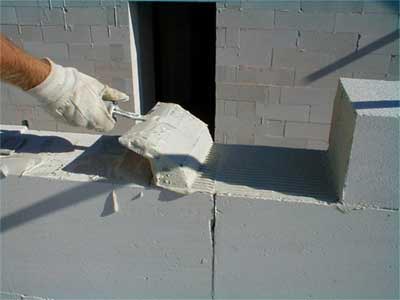
As a result, unique adhesives with characteristics that complement AAC blocks have been developed. When used with AAC blocks, this glue offers greater benefits than regular cement mortar. Homeowners and contractors can’t agree on which is more economical: cement mortar or AAC block adhesive? To assist you in making the best decision, we have listed the benefits of AAC block adhesive here along with a pricing comparison with traditional cement sand mortar.
AAC Block Adhesive
AAC block adhesives are specifically designed adhesives composed of specialist polymers, cement, lime, and sand. Fly ash is also used in the formulation by certain businesses. These adhesives reduce the thickness of mortar from 8 to 12 mm to merely 3 to 4 mm. When compared to traditional cement sand mortar, there are a lot of benefits.
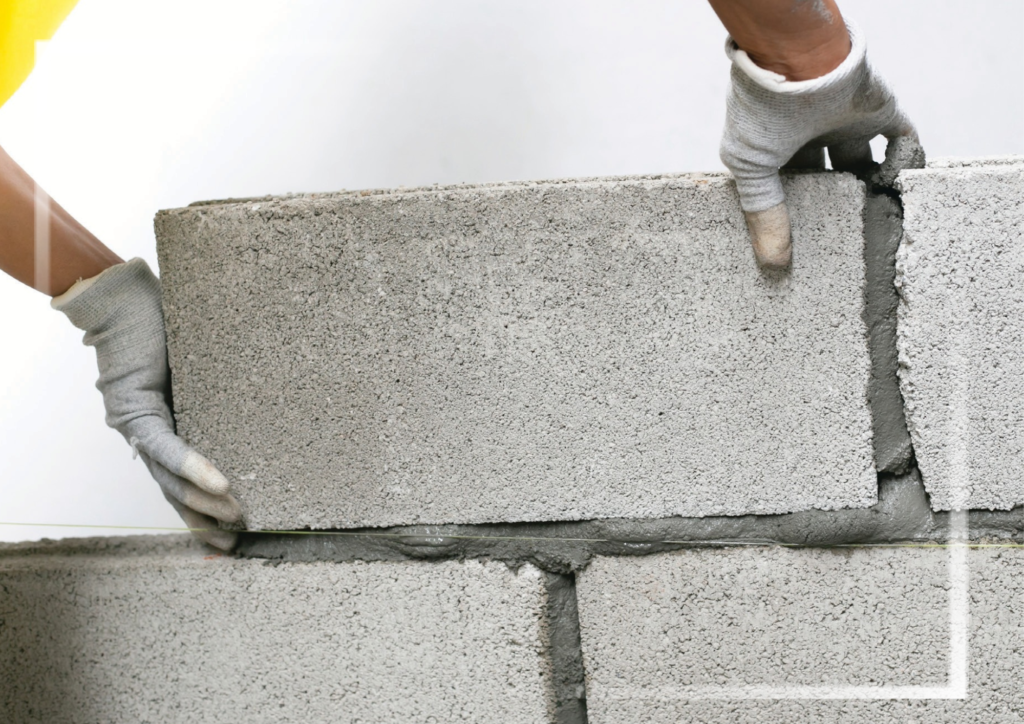
Advantages of AAC Block Adhesive
01. Thin Joints:
AAC blocks can be joined with just 3–4 mm of adhesive, whereas cement sand mortar requires 8–12 mm thick mortar joints. As a result, 75% less jointing material is used.
02. Less Material Required:
When compared to cement mortar, less adhesive is used to cover the same wall. So, linking AAC blocks requires less material. Additionally, while using AAC block adhesive, the joints are thin. This results in less material needing to be stored, fewer laborers needed, and lower transportation costs.
03. Speedy Construction:
AAC block adhesive is a ready-mix substance that requires only the addition of water to be applied. In contrast, the process of making cement sand mortar requires precise measurement and careful mixing of the raw materials to produce a paste that takes time to achieve.
04. Saves Water:
Because of their unique formulation, the adhesives self-cure. Since the glue doesn’t require water to cure, they save both money and water.
05. Cleanliness on Site:
When using conventional mortar, the site is not kept clean because of on-site mixing and drying. AAC block adhesive, on the other hand, is premixed and has only be mixed with water. Because of this and the fact that it heals itself, the place remains clean.
06. Minimum Process Time:
The masonry wall is ready in just one day because there is no need for drying. Cement sand mortar, on the other hand, requires seven days for curing.
07. Dry Material is Available throughout the Year:
Unlike mortar, which might not be accessible all year round, AAC block adhesive is always available in dry form. There are occasions when wet sand is accessible; it must first be dried before usage. The price of the mortar will rise as a result.
08. Less Wastage:
During its use, cement mortar accounts for 20–30% of waste. However, the waste of AAC block adhesive is little or nonexistent.
09. Thermal Insulation:
The glue for AAC blocks is specifically designed to complement the blocks’ thermal insulation qualities. Therefore, unlike cement mortar, the entire masonry serves as a thermal barrier.
10. Quality Control:
Since the adhesives are produced in factories under carefully monitored circumstances, quality control procedures may be successfully followed, resulting in an end product of exceptional quality. When preparing cement mortar on the job site, it might be challenging to keep the mortar’s quality consistent. The quality of the raw ingredients cannot be verified when mortar is made on the spot. Before using the raw materials to make the adhesives, the makers will test them.




